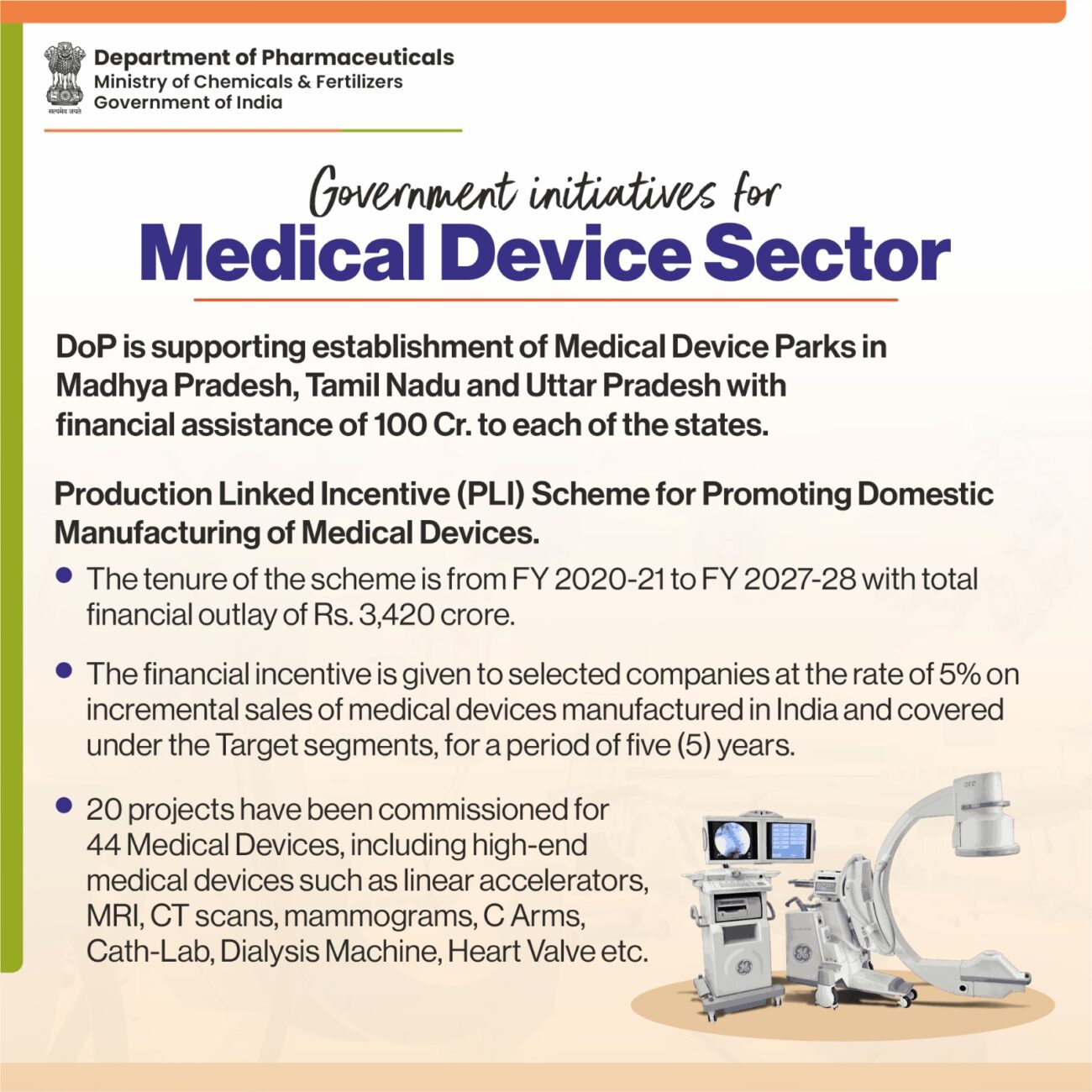“Vascular device flushing-challenges and solutions”
Flushing and locking of vascular devices are the most common nursing procedures performed to maintain catheter patency and their correct functioning. There are three aspects that can affect the desired results represented by A) the

Flushing and locking of vascular devices are the most common nursing procedures performed to maintain catheter patency and their correct functioning. There are three aspects that can affect the desired results represented by A) the flushing solution used, B) the technique of flushing and C) the optimal flushing interval to ensure adequate functionality. The recent 8th Edition of the Infusion Nursing Society Standards of Practice, considered by the scientific community a milestone document on vascular devices’ maintenance, represents a valuable document addressing this topic with the following suggestions:
-A) The use of the normal saline solution is to be preferred to anticoagulant solutions, and in particular, to heparinized solutions based on equivalent efficacy, better safety, and costs. The flushing volume should be at least the inner volume of the device (or connected devices) +
20%. Anticoagulant solutions (Sodium citrate or heparin) have a role only for dialysis and pediatric catheters.
-B) Flushing must be performed with a push and pause pulsatile positive pressure technique. Pre-filled normal saline syringes are strongly recommended for safety reasons and to prevent blood reflux into the catheter tip at the end of the flush.
C) Flushing interval for dormant, not-in-use, long term ports can be safely prolonged up to 3 months with economical and patient’s compliance advantages. The recent INS recommendation suggested that flushing, like any change in entrenched habits, require a proactive effort by the scientific community and the medical industry to achieve widespread propagation of these changes within the medical community. Their adoption will positively impact vascular access device outcomes.






